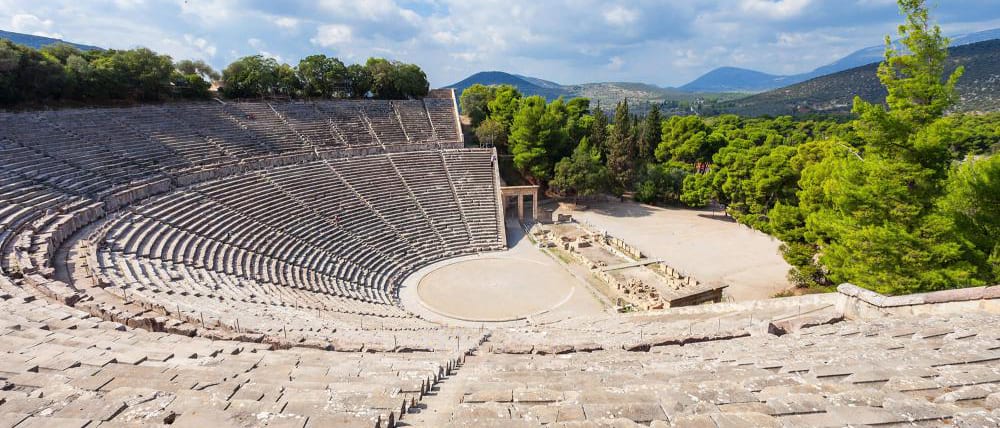
The Sanctuary of Asclepius is a unique archaeological site which features the remains of one on the most complete Greek sanctuaries of the ancient world and one of the finest and best-preserved examples of a Hellenistic era architectural ensemble. In its time the sanctuary was of major importance and stood comparison with other religious centres such as those at Olympia or Delphi. The site was extensive and included numerous facilities for patients and pilgrims such as hospital buildings, a large hostel, a library, several temples, a stadium and of course the world famous theatre. It was awarded World Heritage status in 1988.
History
The area around the Sanctuary of Asclepius had long been associated with the worship of healing deities. Just a kilometer away on hill called Kynortion there was a Mycenean sanctuary where a female goddess of fertility was worshipped from the 16th until the 11th century BC.
Around 800 BC this was replaced with another sanctuary dedicated to Apollo Maleatas to whom healing properties had also been ascribed. This in turn led to the worship of Asklepios who was the mythical daughter of Apollo and Koronis (granddaughter of Malos, King of Epidauros). Asklepios proved to be a very popular deity and as increasing number of visitors arrived the site became overwhelmed.
A new sanctuary was therefore built on the plain to south west of Kotylion where Apollo was believed to have been born. For some time there were two sanctuaries, one devoted to Apollo Maleatas and the other to Asklepios. The lower sanctuary became the predominant centre for the worship of Asclepius and was a major site of pilgrimage.
In the 4th Century BC the sanctuary grew in importance and became one of the wealthiest of its time. New buildings and structures were added to provide facilities for patients and visitors. Most of the principal monuments date from this period including several temples, the hospital buildings, the stadium, a 160 room two-story hostel, the mysterious circular Tholos edifice and of course the theatre itself. There was also a very sophisticated hydraulic system to provide large-scale water supply and drainage.
As a result, the sanctuary became the most important therapeutic centre in ancient Greece and was the first such organized sanatorium in the world. Its reputation grew to the extent that at one point there were over 200 smaller healing sanctuaries throughout the eastern Mediterranean all operating under its auspices.
In its early years the focus of healing was on prayer and religious devotion. But over time treatment became more and more based on empirical knowledge. So the Sanctuary of Asclepius represents a link between ancient beliefs in divine healing and scientific medical practices. For this reason it is often described as the cradle of modern medicine.
As part of the healing system, patients went through a ritual cleaning process and were put in a calm, mentally relaxed state. They were then led to the Abaton (prohibited to those not purified) where they spent the night in a trance-like state being encouraged to have dreams of a spiritual nature. Healing was concerned with both physical and mental well-being, hence the sports and music/drama facilities. So in many senses the treatment was holistic in nature.
The theatre was constructed in the late 4th century BC (around 330-320 BC) and according to Pausanias the architect was Polykleitos the Younger. The structure is typical of the Hellenistic period with three sections: the theatron, the orchestra and the skene. It had (and still has) a maximum capacity of 14,000 and the seating was so arranged as to optimize its acoustic properties.
During the first century BC the sanctuary suffered from a series of raids, notably by the Roman general Sulla and by Sicilian pirates. But later, during the Roman period, it flourished and when Pausanias visited in the second century AD it was thriving. At around this time the Roman consul Antonine funded the restoration of older buildings and the construction of new ones.
In the following centuries the site was razed several times and suffered particularly under the Goths in 267 AD. However the sanctuary continued to be used until pagan worship was proscribed in 426 AD. Two major earthquakes in 522 and 551 AD caused extensive damage to the site after which it was abandoned.
Excavations, restoration and modern use of the theatre
The sanctuary was first investigated by the French “Scientific Expedition in the Morea (Peloponnese)” in 1829 just after Greece became independent. However in 1881 the first systematic excavations were undertaken by the Greek Archaeological Society under Panayis Kavadias who devoted his entire career to studying the site.
Restoration work was carried out by A Orlandos (1954-1963) and by the “Preservation Committee for Epidaurus Monuments” from 1988 to 2016.
In the twentieth century the theatre was revived with the staging of Sophocle’s “Electra” in 1938. After a hiatus caused by the second world war, performances resumed in 1954 and a year later the Epidavros Festival was established and has been held every summer since.
In 2017, the Epidaurus Lyceum was founded, an international summer school of ancient drama studies which attracts students and graduates of the performing arts from around the world.
Click here for information on tickets, opening hours etc
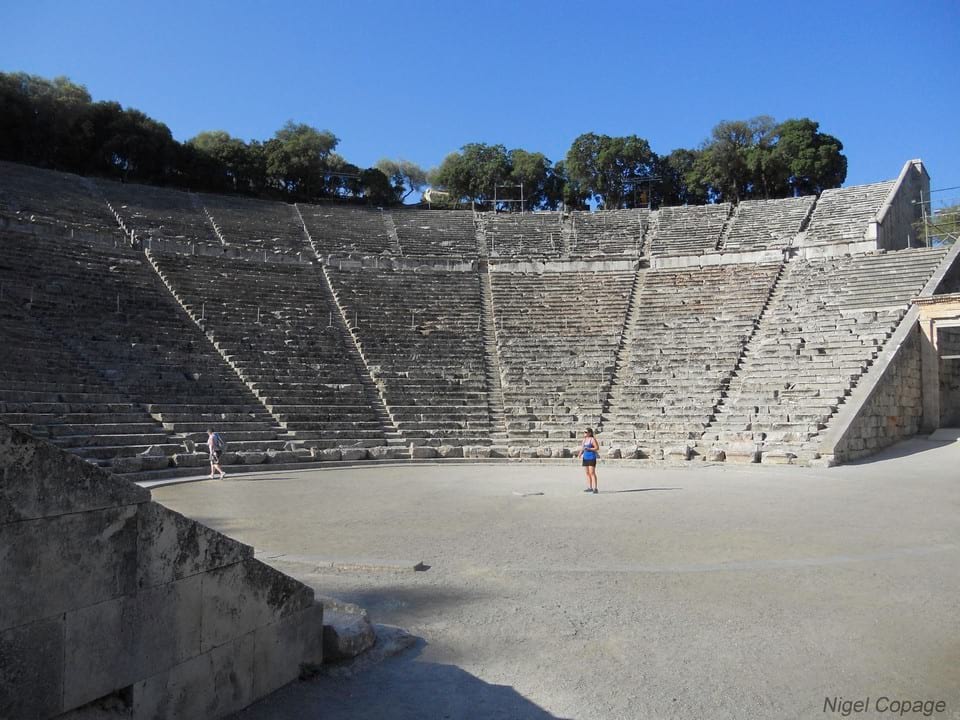
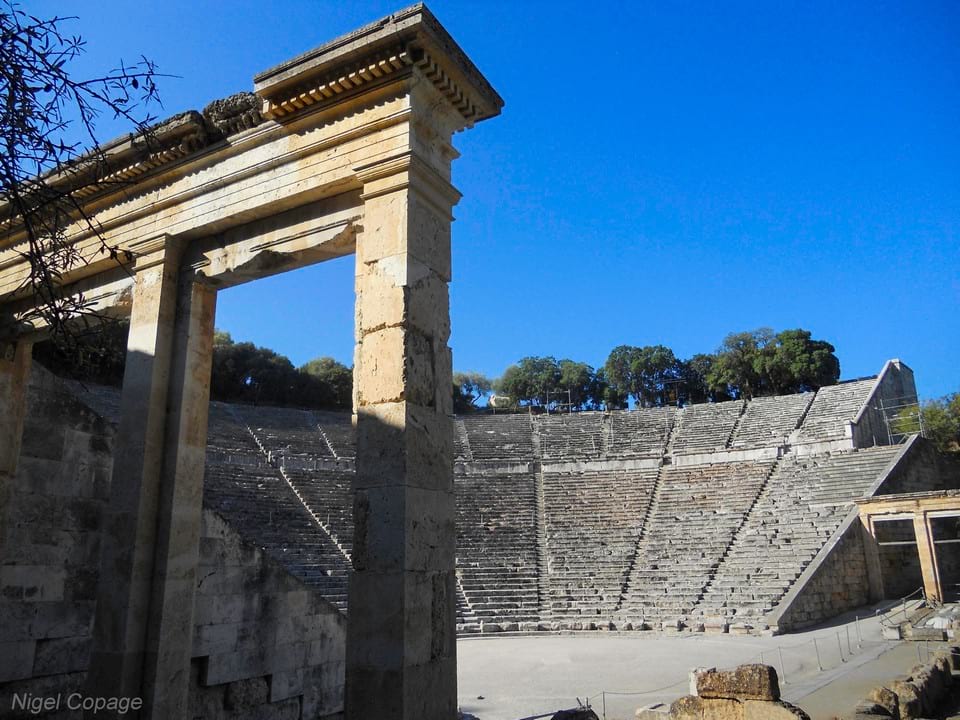
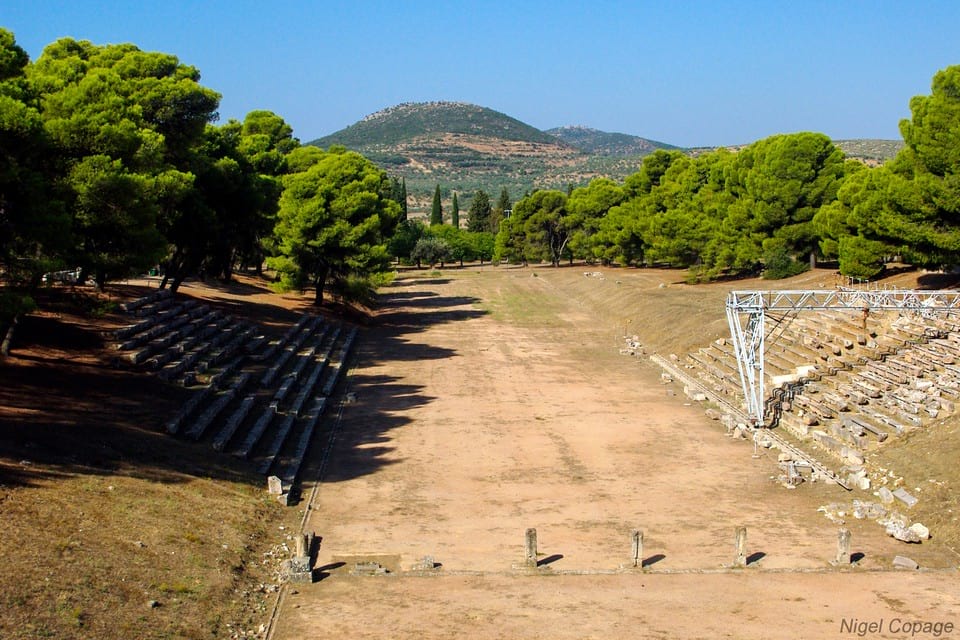 The stadium
The stadium
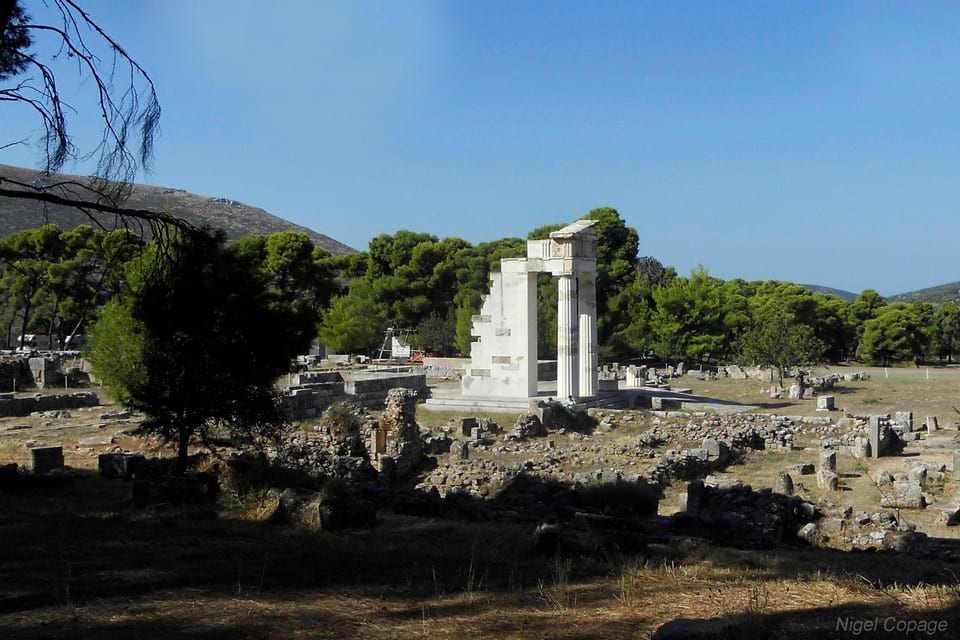 Temple of Asclepius
Temple of Asclepius
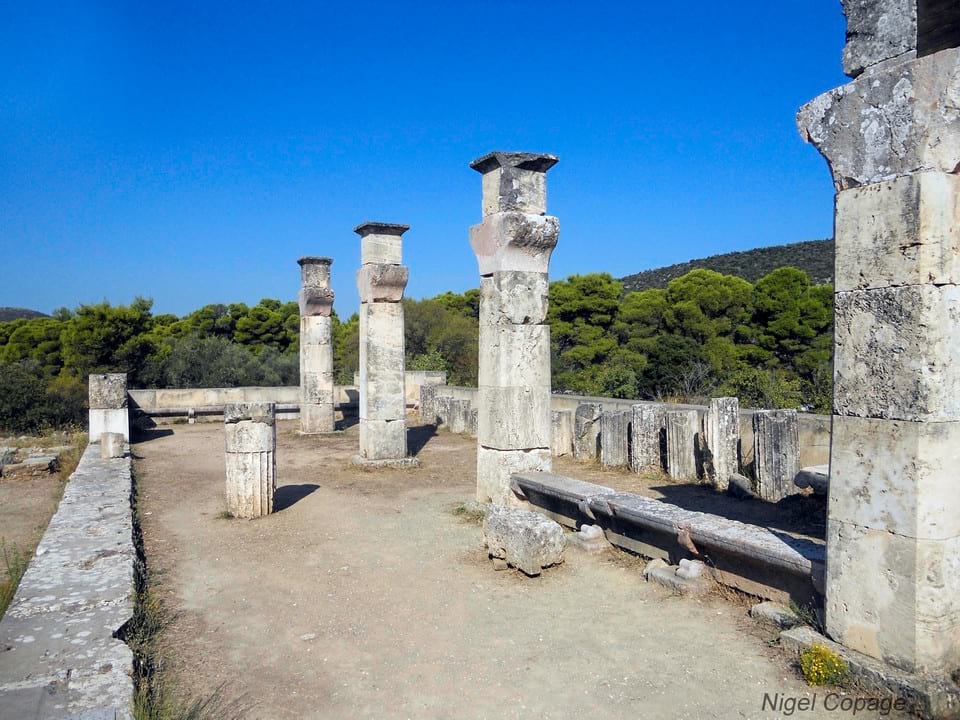 The Sanctuary of Asclepius
The Sanctuary of Asclepius
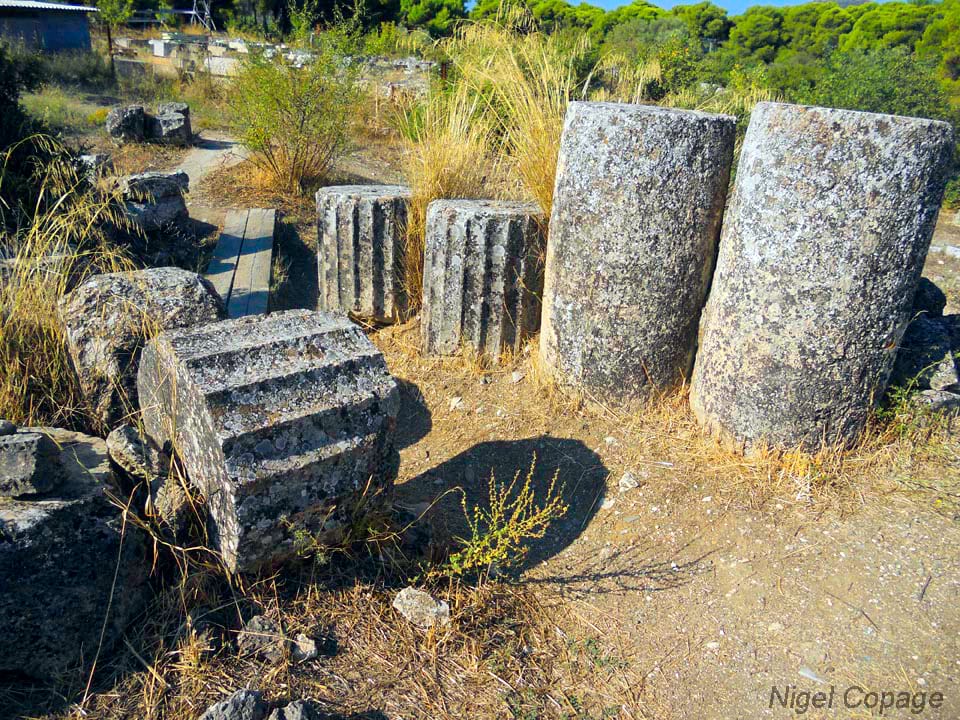 The Sanctuary of Asclepius
The Sanctuary of Asclepius
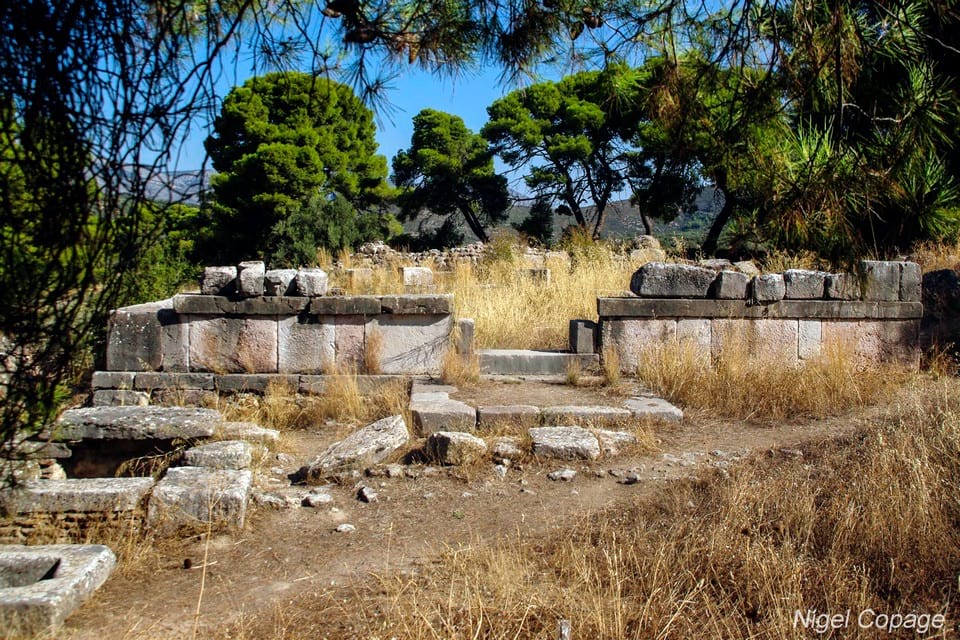 The Sanctuary of Asclepius
The Sanctuary of Asclepius
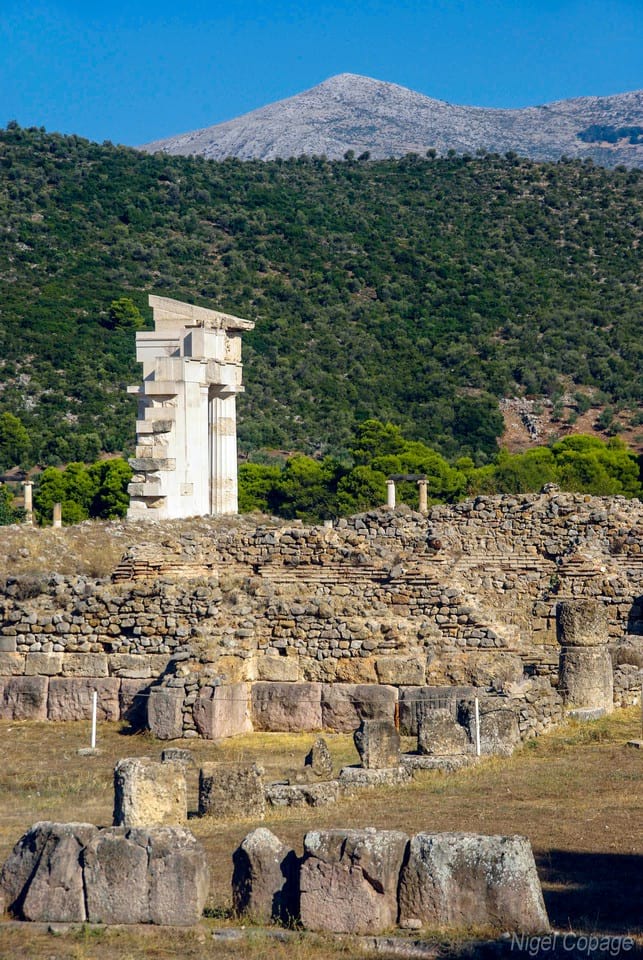
The Sanctuary of Asclepius